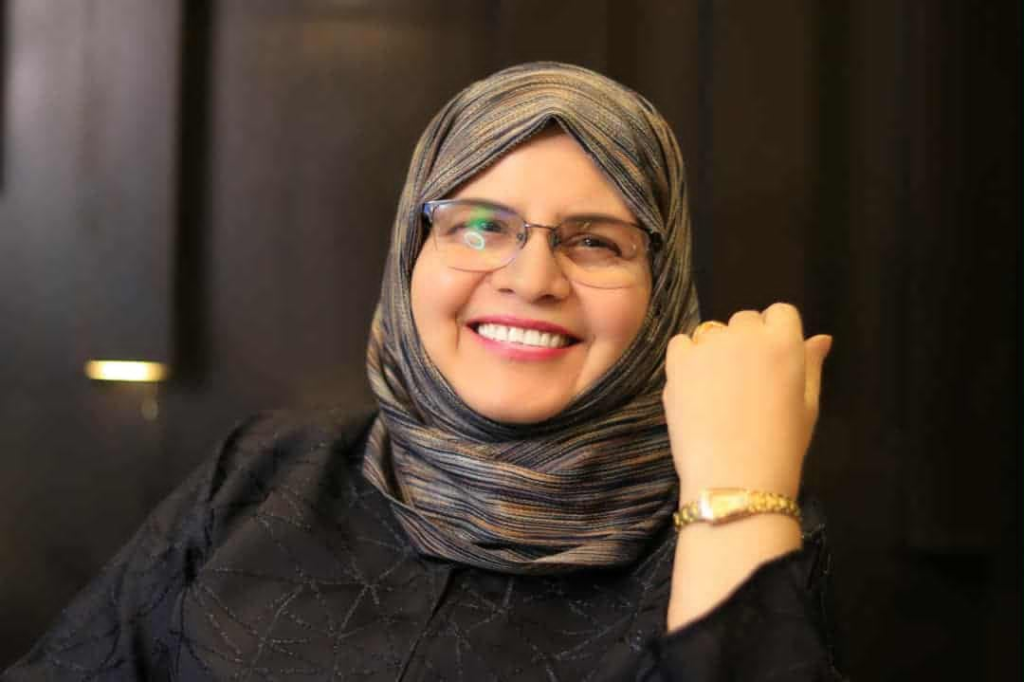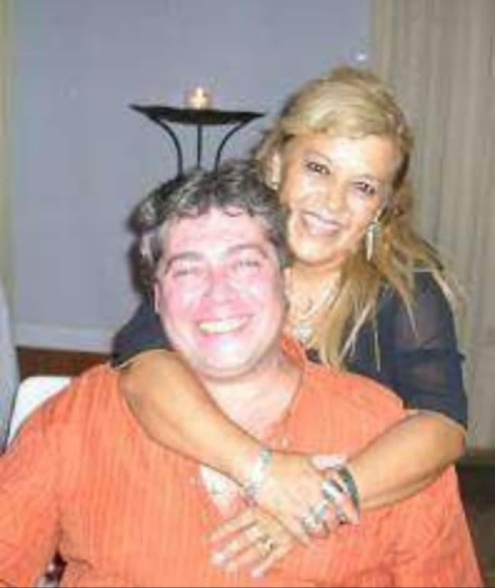
BROTHER (for the group “Chela A Pi”)
Give me the chicha to drink
and your nasal song
that springs from your being.
Shout your wisdom
to all the winds
with drums and charangos,
with violins and quenas.
Sing, brother,
for I want to get drunk,
dance in circles
of the bonfire,
for I want to be infected.
You who know
of time and suns,
tell me the stories
of our ancient land.
Teach me your language
of native words
for my Chaco verses
that want to be simple
as you are.
Ana Elisa Medina, from the book “Verses of the People”, Ed. Región, Resistencia, 1974, pp. 91 Argentina.
A writer, mediator, and visual arts technician, she has published six books: Verses of the People; History of the First Constitutional Governor of Santa Cruz; Santa Cruz in Flames; Being With…; Man’s Anxiety; Paths of the Soul; more than seventy-five anthologies; magazines, newspapers, and cultural radio programs such as “Aonikenk” and “Cultural Bonfire,” as well as television programs, etc. She has received national and international awards. A member of the C.F.C. of SADE, president of IALL, she is involved in several cultural groups such as “Together for Letters,” “Literary Sparks,” and “Artemanaike,” etc.






